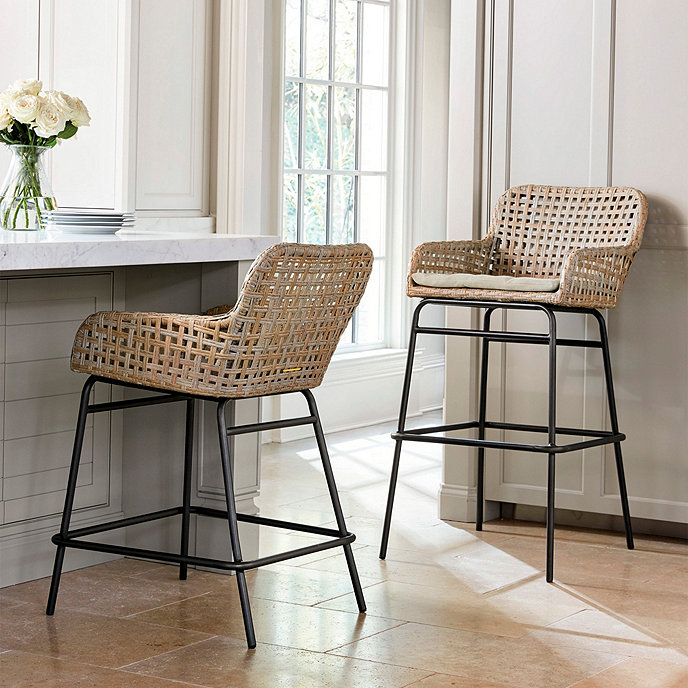Avalon 3 Seater Sofa, Steel Boucle | MADE
In the mood to get hygge? It’s easy with Avalon. This generously proportioned, Scandi-inspired sofa is just waiting to host your movie nights, Sunday mornings and afternoon coffee breaks. Go on, settle in.
In the mood to get hygge? It’s easy with Avalon. This generously proportioned, Scandi-inspired sofa is just waiting to host your movie nights, Sunday mornings and afternoon coffee breaks. Go on, settle in.
Designed by MADE Studio
MADE Studio is our energetic team of in-house designers, known for their vibrant, eclectic creations. Led by MADE’s Design Director Ruth Wassermann, the team has diverse industry experience and world-class skills. By putting their creative minds together, they craft original, trend-led products, all designed to make your home a happier place.
Additional information
| Height (cm) | 74 |
|---|---|
| Width (cm) | 273 |
| Depth (cm) | 110 |
| Arm dimensions (hwd) | 60 x 34 x 85 cm |
| Seat dimensions (hwd) | 45 x 205 x 68 cm |
| Weight (kg) | 38 |






Reviews
There are no reviews yet.